The content of the article
Garden lilies - incredibly beautiful, fragrant and tall flowers that will decorate any area. The plant is rather unpretentious and not capricious, due to which it is favored by many growers. The modern number of varieties is amazing. Today you can find not only classic orange flowers (tiger lilies) in flowerbeds, but also curly, snow-white and variegated varieties. If you try to plant a lily in the form of a composition, it turns out a very spectacular picture. But how to care for a lily so that it blooms and smells? We will understand everything in order.
Where and how to plant a lily
This flower grows, blooms and develops for many years in the same place. When choosing a place for a garden lily, think about the fact that in the next 5-6 years it will be impossible to transplant and disturb the flower.This flower grows well in the shade and under the sun. However, the quality of the soil is very important for it - the ground should be sufficiently loose and permeable.
- Lilies are best planted in early autumn, before the first frost. This is usually done in September. If you buy lily bulbs from hands, you need to pay attention to their condition. The bottom of an onion should be without damage, the onion itself should be in the husk - this indicates its quality.
- Choosing a place for planting lilies, do not forget that this is a tall plant. Best of all, it looks along a fence, in the center of multi-level flower beds, behind a trimmed shrub.
- Land for landing is prepared in advance. If you have clay soil, you should dig up the soil three weeks before planting, add some sand, peat, black soil, humus to it, mix everything thoroughly and pour it with water.
- When the soil is ready, small pits are pulled out in it 20-30 cm deep. At the bottom of the hole must be poured drainage. To do this, you can use gravel, expanded clay stones or brick shards. Pour the fertile soil over the drainage and then place the prepared onion.
- Preparation of lily bulbs is as follows.The long roots of the plant should be cut, leaving about 5 cm of the roots. Dry onion peel removed. Very good bulb pre-soak in a solution of foundationol (0.2%). It will protect future plant roots from pests, fungus and rot. You can also leave the bulbs for an hour in a solution of growth biostimulant. This will enhance and accelerate the flowering of the sprout.
- After you have planted onion planted in the soil, a small indentation should be made in the designated place. It is filled with humus (nitrogen fertilizer) or special minerals that can be purchased at the store for summer residents.
- If the winter has passed, and in the fall lilies were not planted, but you so want to see them on your site this summer, you should not despair. If desired, lilies can be planted in the spring. If you buy lily bulbs in advance, they should be stored on the bottom shelf in the refrigerator, where the temperature is moderately low. Put the onions in a bag of peat and make a few holes for oxygen. Therefore, the bulbs can be stored for several months.
- Already in April, such bulbs can be planted in a greenhouse or on a window sill in plastic cups.When the frosts end, small sprouts are planted in open ground at an angle.
Lily Care - Watering
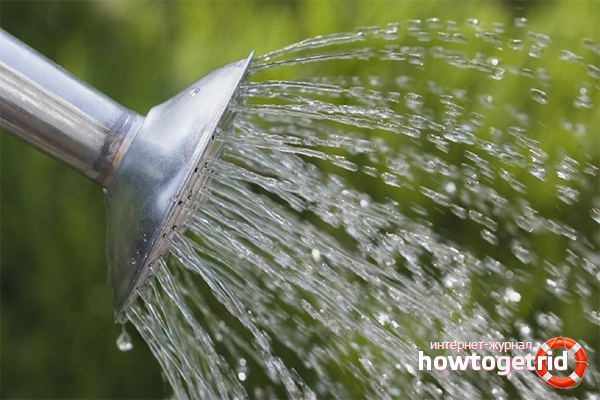
Lily, as such, does not require special care. All care consists in timely watering and high-quality weeding. Watering a garden lily is needed quite often, especially during its flowering period. When the plant fades, watering is reduced to a minimum or stops altogether. It is best to feed the plants under the root. Excessive leaf moistening can lead to gray rot.
How to fertilize the lily
Lily needs to be fertilized and fed, it is very important. In the spring, the plant is fed with nitrogen fertilizer, in the fall - without it. It is also important to note that organic fertilizers do not fit lilies, so you should not fertilize it with chicken or cow droppings. Usually, the lily is fertilized several times a year — necessarily at the beginning of the season, when the flower has not yet given young sprouts, and at the end of autumn, when the lily is prepared for a rest period.
Lily care during flowering
When the plant blooms, it requires some extra care. The most important thing is the garter.Some varieties have fairly large and heavy flowers. And if there are several buds on one stem, the lily can break. Therefore, it is tied to a small rack.
If you want to cut the flowers and put them in a vase, you need to make a cut diagonally. It is also very important to pre-wash the garden shears with soap, so as not to introduce bacteria into the section that can hit the flower from the inside of the cut stem. When cutting flowers, note that the stem should remain long, at least 2/3 of the entire length. Otherwise, it will not bloom again.
When the lilies have bloomed, the dried buds are carefully cut and removed.
Send a flower for the winter
Before the onset of winter, all the stems of the plant must be cut. Lilies are cut off almost at the root, leaving only small stumps at 10-15 cm. It is best to cut the lilies diagonally so that the rain does not fall on the cut and does not cause the stem to rot. After this, the place where the lily grew is sheltered from frost. You can cover the soil with sawdust, dry leaves, or just plastic wrap. However, remember, if you cover the ground with a film, it should be done on dry soil.If you cover the ground after the rain, in such a greenhouse the bulbs just rot.
If severe frosts are raging in your region and you are afraid that lilies will freeze over the winter, you can simply dig them up and plant them in a box with a small amount of soil. Keep the box in a cool place, and in spring transplant the bulbs in the open soil.
Plant transplant
Lily transplantation is not difficult. With pitchfork, loose earth is poddevyat, cleaned of soil and choose healthy onions. Some of them are left in the old place, while others are transplanted into a new ground. By the way, lilies grow best with undersized plants - bells, flax.This is due to the fact that the roots and onion lilies do not like to roast in the sun, and the flower, on the contrary, reaches for the sun's rays. Therefore, low "neighbors" shade the roots of lilies from overheating. If you want to see lily flowers growing in splendid isolation, the soil at the roots must be mulched, that is, covered with sawdust or peat, which will protect the bulbs from overheating.
Mentions of lilies are found even in ancient Egyptian hieroglyphs. Long since this flower was considered a symbol of hope, purity and freedom. Grow these delicate flowers to enjoy their incredible beauty and grace!
Video: how to care for lilies

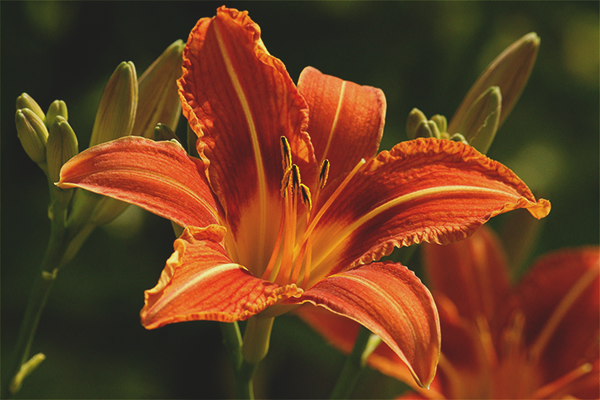


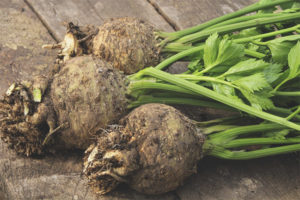
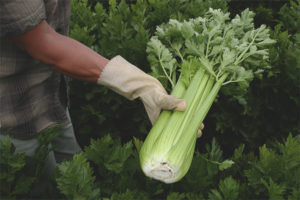

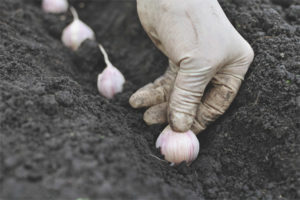

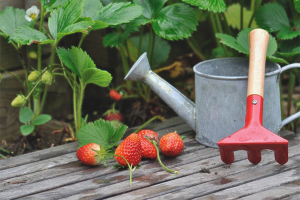

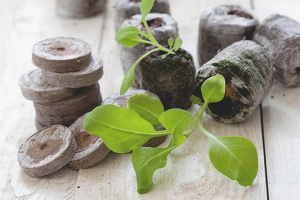
To send